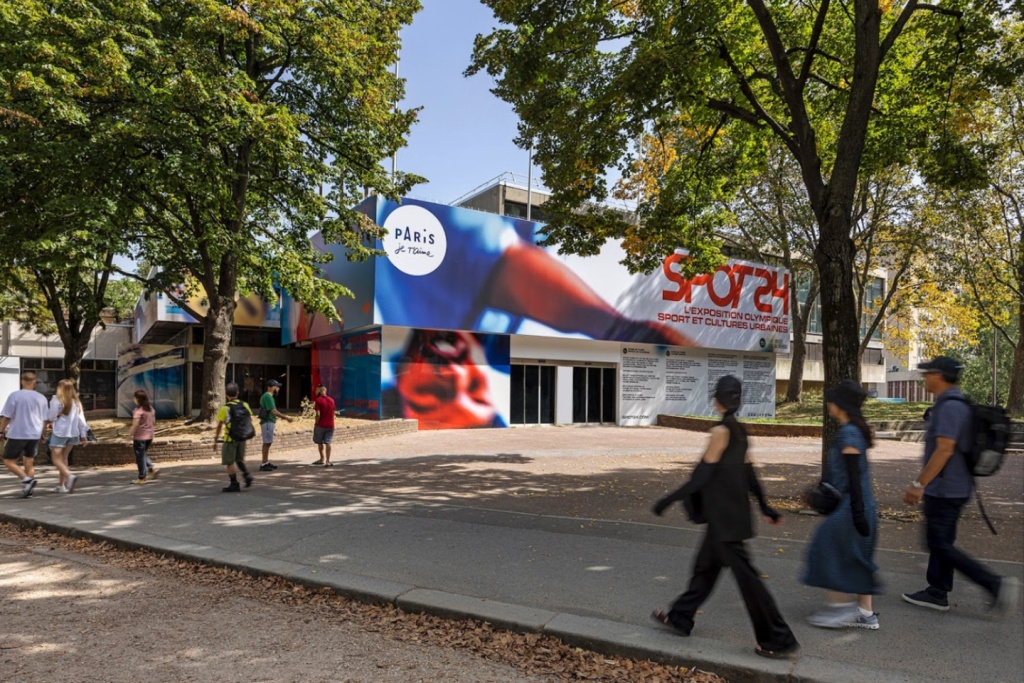The Paris tourism office, located on quai Jacques-Chirac in the 15th arrondissement, is involved in promoting destinations, informing tourists, training industry professionals, and producing analyses. Comité régional du tourisme (CRT) is responsible for carrying out these tasks, with each CRT typically working closely with departmental tourism committees and tourism offices. However, in Paris, the situation is more complex due to the city’s dominant role in the tourism attractiveness of the region. This has led to redundancies, a dilution of responsibilities, multiple brands, and confusion among partners, as highlighted in reports by the regional chamber of accounts of Île-de-France.
In Paris, the CRT Île-de-France and the Paris City Tourism Office both have their own websites targeting tourists, agencies, and business travelers. This lack of a single point of entry adds to the confusion, with various communication channels being managed by different competent organizations. The presence of multiple brands such as Paris Je t’aime for the tourism office and Visit Paris Region for the CRT further contributes to the confusion. The introduction of a common brand, Paris Is Yours, while a step towards integration, has also been criticized for compounding the confusion, as each structure produces its own statistics and attendance reports, with varying scopes and sources.
The overlap in the sale of certain tourist products and tickets also adds to the doubling up of efforts and resources. The court highlights that this administrative layering, reflective of French territorial organization, may seem arbitrary to tourists. A destination-focused approach with a single brand, messages, promotional materials, and shared data is deemed more relevant. The dispersion of responsibilities observed in Île-de-France goes beyond just the allocation of resources; it impacts the destination’s image and reliability, potentially casting doubt on its appeal and effectiveness.
The fragmentation and duplication of efforts across different tourism entities are seen as hindering the overall effectiveness and impact of tourism promotion in the region. The lack of coordination between the various structures results in inefficiencies, miscommunication, and a diluted message for potential visitors. The court recommends a more streamlined and cohesive approach, with unified branding, communication strategies, and data collection to enhance the destination’s visibility and appeal to tourists. By consolidating efforts and resources under a single umbrella, Paris and Île-de-France can present a more coherent and compelling tourism offering to the world.
Ultimately, the reports highlight the need for a more coherent and coordinated approach to tourism promotion in Paris and Île-de-France. By streamlining structures, reducing redundancies, and fostering collaboration among different entities, the region can enhance its attractiveness, improve the visitor experience, and maximize the impact of its tourism efforts. A more unified and strategic approach to tourism management is essential to ensure the long-term success and sustainability of the tourism industry in Paris and its surrounding regions.


